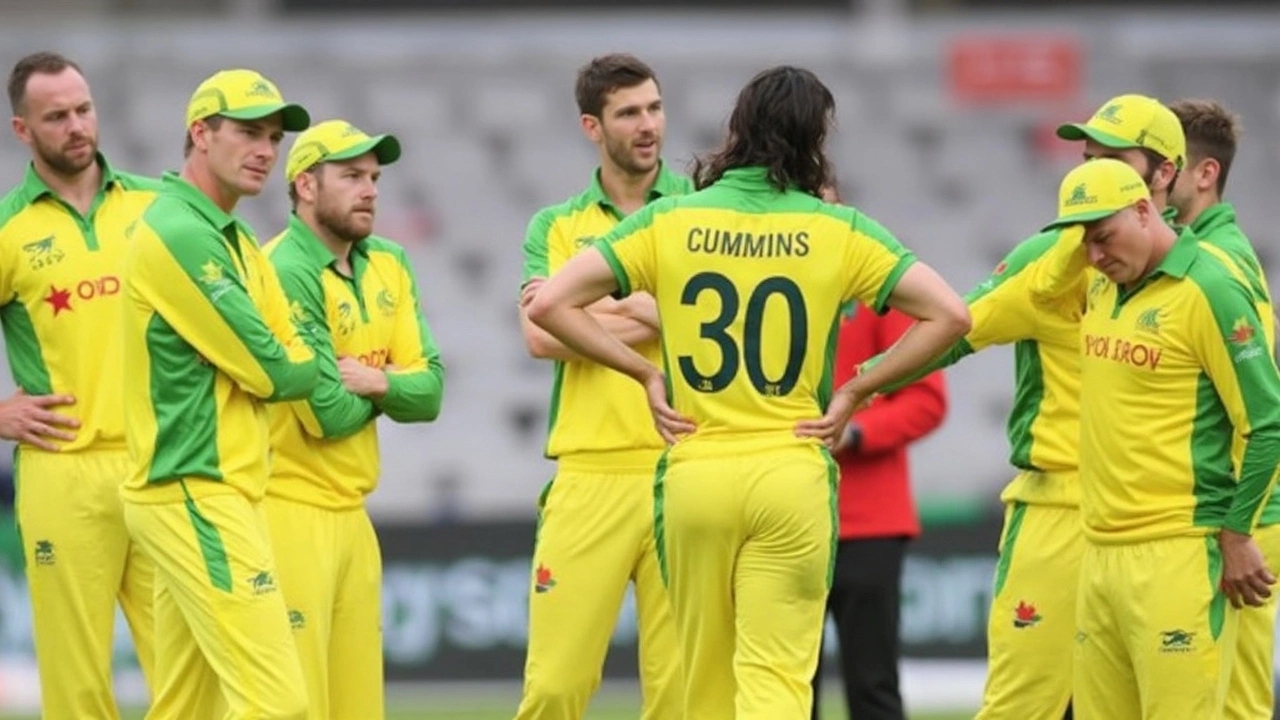Cricket Injuries – What’s Happening and How Players Bounce Back
Cricket is fast, intense, and sometimes brutal on the body. Fans see the fireworks on the field, but behind the scenes players are fighting injuries that can change a season. From a cracked ankle to a lingering back problem, injuries affect teams, match results, and even the league standings. This page pulls together the most recent injury stories from the IPL and offers practical tips on how players recover and stay fit.
Common Injuries in Modern Cricket
Fast bowlers carry the biggest load. The repetitive, high‑impact action of delivering a ball at 140 km/h creates stress on knees, ankles, and the lower back. That’s why we saw Mayank Yadav miss the 2025 IPL after a recurring back injury forced Lucknow Super Giants to bring in Will O’Rourke. Back pain isn’t just a sore muscle; it can limit a bowler’s speed and accuracy.
Spinners aren’t immune either. Their twisting motion can lead to shoulder and elbow strain. When Jofra Archer bowled an expensive spell for Rajasthan Royals, the focus was on his economy, but the pressure of four overs at the death can aggravate existing shoulder issues.
Fielders also take hits. A bad landing after a diving catch can crack an ankle. Mitchell Starc recently withdrew from the Champions Trophy because of a nagging ankle injury, showing how a small joint problem can sideline a world‑class pacer for months.
Even batting comes with risks. The sprint between wickets, the quick turns, and the occasional slide can cause hamstring pulls. Young talents like Shubham Dubey stay on guard, especially when they’re new to the pressure of IPL crowds.
How Teams Manage and Recover
When a star player goes down, teams act fast. First, they get a medical scan to confirm the severity. If it’s a muscle strain, rest and physiotherapy are the first steps. For back injuries, players often follow a regime of core strengthening, yoga, and gradual re‑entry to bowling.
Modern franchises also use data. Wearable tech tracks workload, stride length, and impact forces. This helps coaches spot fatigue before it turns into a serious injury. Lucknow Super Giants, for example, monitored Mayank’s load and decided to replace him early rather than risk a longer layoff.
Recovery isn’t just physical. Mental health matters, too. Players talk to sports psychologists to stay focused during rehab. Mohit Sharma recently spoke about the mental strain of being out of the squad, highlighting the need for a balanced approach.
When a player returns, the team eases him back with shorter spells or limited batting minutes. This gradual exposure prevents a relapse. If the injury was an ankle sprain, a bowler might start with a few overs at moderate speed, building up to full intensity over weeks.
Fans often wonder why a team may field a replacement instead of waiting for a star to heal. The IPL schedule is tight; missing one game can mean losing a playoff spot. That’s why teams like Mumbai Indians keep a deep bench, ready to step in if someone like Rohit Sharma gets sidelined.
Staying injury‑free also depends on personal habits. Players who maintain a balanced diet, get enough sleep, and do regular stretching report fewer setbacks. Simple things like staying hydrated during a match in Visakhapatnam can make a big difference.
In short, cricket injuries are a mix of physical stress, schedule pressure, and sometimes bad luck. Teams that combine medical expertise, technology, and mental support give their players the best chance to bounce back quickly. Keep an eye on the latest injury updates here, and you’ll know how each setback might reshape the next big game.
